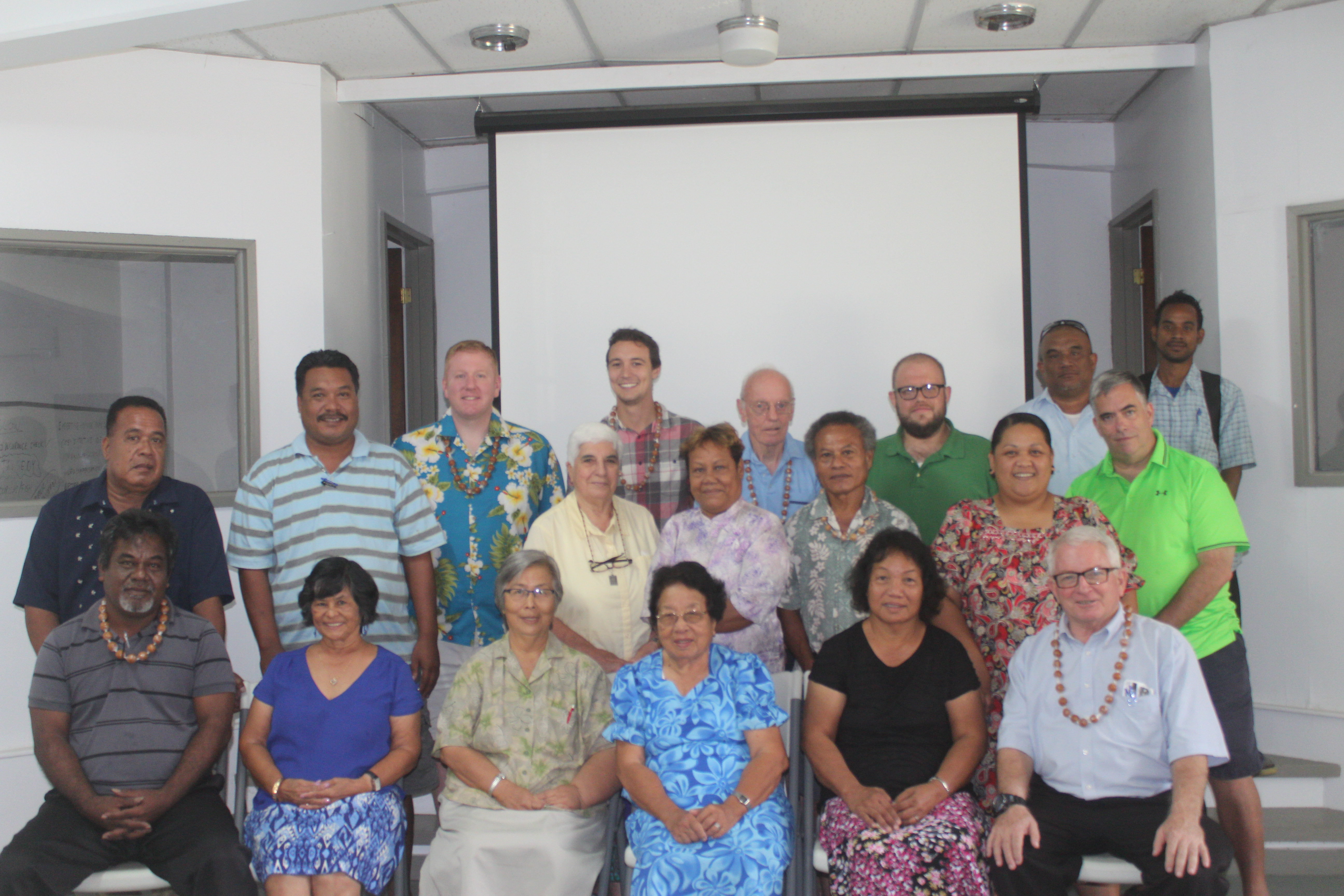An Educational Map for Micronesia
Victor Levine, an education consultant with lots of experience in the Pacific and beyond, has done a study of the Chuuk education system and published a long article for the East-West Center entitled ?Education in Pacific Island States.? Victor and I are planning to collaborate on a new project aimed at developing a set of objective indicators that can be used to track improvements in the education system in that part of the northern Pacific that we still call Micronesia. The point of it all is to work out a system that can tell us how well each school is succeeding in educating its students, and how well each of the political entities is doing in the same task.
The first part of this project will be to develop an ?educational map? of the region?the Marshalls, Palau and the FSM. The educational map will make use of all the objective testing data that is available, with test scores entered for each school in each of the entities, beginning with the present and working backwards as far as we can go. We?d like to extend the map back fifty years if we can, back to the Kennedy administration in the early 1960s, when the education system first became centralized and took on many of the forms that it retains today. For elementary schools, we will be using high school entrance tests and whatever standardized tests are given to students. For high schools, we hope to gather data on college entrance exams and any standardized tests like CAT or SAT or TOEFL that students might take.
The result, we hope, will be more than just long rows of numbers following an endless column of schools. What we get from all this is a picture of the rise and fall of schools over the years?a sense of which schools were the best performing ones at different times in the past and which seemed to be the weakest. Once we get the data we need to show the ups and downs of the schools, people can look at the map and suggest some of the factors that might be responsible for the success and failure of the individual schools.
Our hope is that this map might serve as a baseline for gauging the performance of our schools in the future. The purpose of this project, after all, is not just to fix on the past, but to develop the tools we need to assess schools in the future. There?s no point in attempting education reform if we can?t get an accurate picture of how the schools are doing.
We?d appreciate any help you can give us. Hints on where to look for test scores for past years? Historical records with data that we could use? Anything would be welcome.






